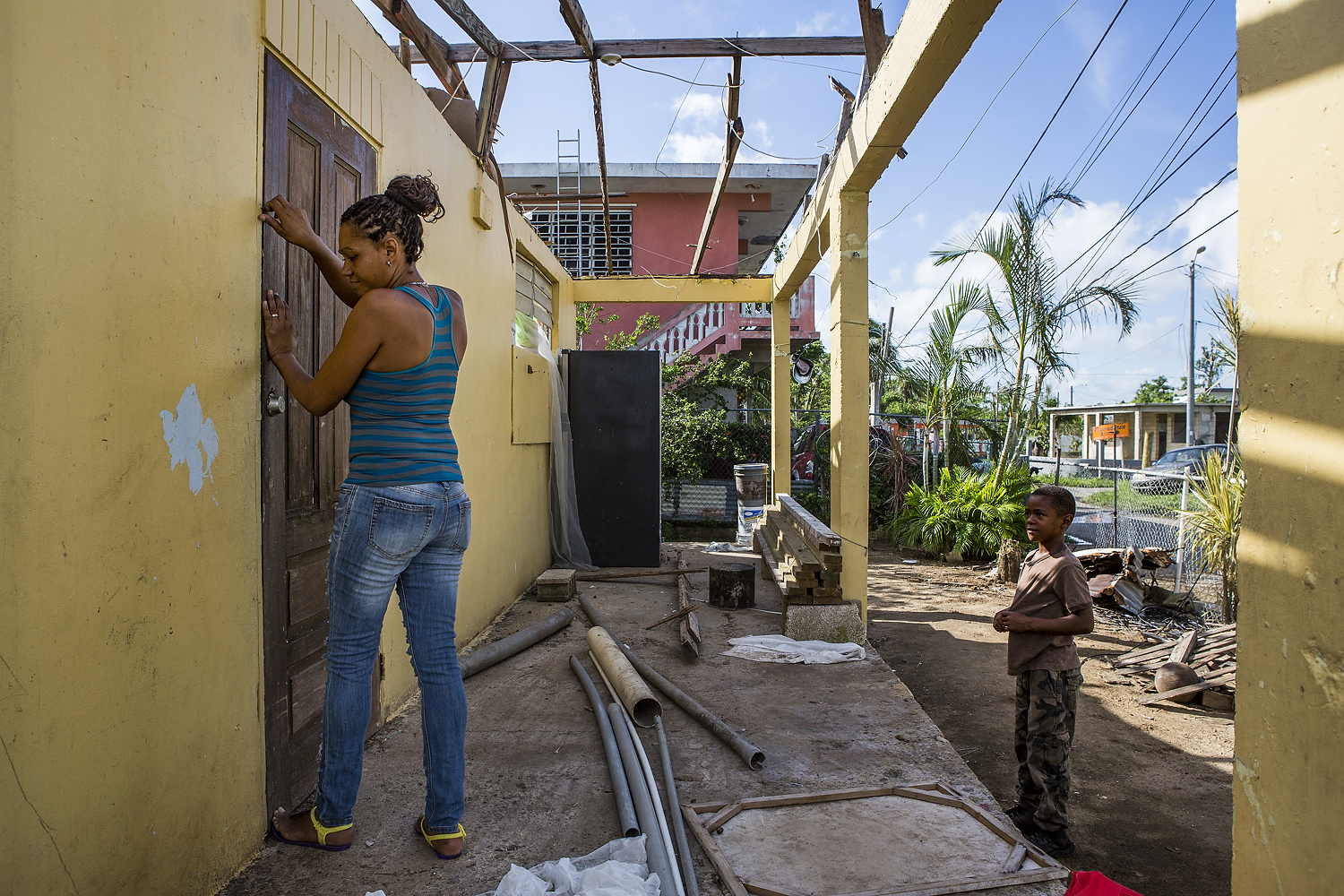
Nearly a month after Hurricane Maria made landfall in Puerto Rico, residents continue to battle for the essential food, water, gas, and electricity. Most still have no reliable source of water, and only a fraction of the island's power grid has been restored.
Four deaths are suspected as a result of leptospirosis–a bacterial infection spread by animal urine in the groundwater. However, the deaths won't be certified as "hurricane related" until the Center for Disease Control and Prevention confirms the victims became infected by contact with contaminated water.
Adding another layer to the difficulties, many Americans don't realize that what happened in Puerto Rico is a domestic disaster, not a foreign one. A poll of 2,200 adults taken in September by Morning Consult found that only 54 percent of Americans know that people born in Puerto Rico, a commonwealth of the United States, are U.S. citizens.
-
×
 English
English



![Karen Feliciano, center, feeds her oldest child, Kenny, 18, who suffers from a number of neurological and physical conditions, while her youngest daughter Kylia, who suffers from autism plays on the bed in their home. “When [Kenny] was born, the doctors said he would only live to six,” Karen said. Image by Ryan Michalesko. Puerto Rico, 2017. Karen Feliciano, center, feeds her oldest child, Kenny, 18, who suffers from a number of neurological and physical conditions, while her youngest daughter Kylia, who suffers from autism plays on the bed in their home. “When [Kenny] was born, the doctors said he would only live to six,” Karen said. Image by Ryan Michalesko. Puerto Rico, 2017.](/sites/default/files/11-22-17/20171122-kenny-rm-pc-001.jpg)


